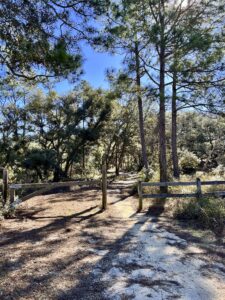Chemistry in context – next generation cell therapies

Roses in the Marie Curie garden
If a Nobel Prize for cancer cell therapy is awarded – and at BSB we wouldn’t be surprised to see this happening at some point in the future – then there’s a good chance it would be awarded in Chemistry and not Medicine or Physiology.
The discovery and development of novel constructs, novel targets, coupled with the application of gene editing and synthetic biology, is very much a case of chemistry in context.
The development of CAR T cell therapy is making rapid progress and already we are seeing glimpses of potential next generation therapies with very different looks from the currently approved products.
In this post we highlight several catching our attention, for good and not so good reasons…
To continue reading our latest highlights on oncology new product development including commentary and analysis BSB subscribers can log-in or you can click to access the content.
This content is restricted to subscribers




 Have you ever wondered why some anti-cancer agents do well and others poorly – even with similar modalities or approaches?
Have you ever wondered why some anti-cancer agents do well and others poorly – even with similar modalities or approaches?




 Orlando – the AACR annual meeting provides a window into future cancer drug development, and this year’s meeting is no exception.
Orlando – the AACR annual meeting provides a window into future cancer drug development, and this year’s meeting is no exception.